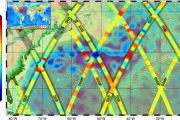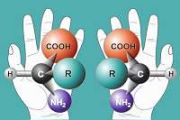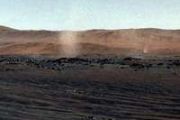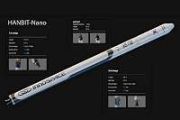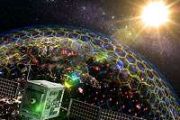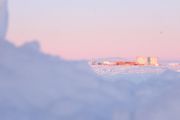
Copernical Team
Hypersonics Capability Center: Northrop Grumman's next step beyond Mach 5
 Northrop Grumman Corporation has unveiled its Hypersonics Capability Center (HCC) in Elkton, Maryland. This innovative facility is primed to deliver cutting-edge propulsion systems that will propel hypersonic missiles at speeds surpassing Mach 5.
In response to the U.S. Department of Defense's (DoD) increasing need for long-range and swift-response weapons, the HCC is purpose-built as a ne
Northrop Grumman Corporation has unveiled its Hypersonics Capability Center (HCC) in Elkton, Maryland. This innovative facility is primed to deliver cutting-edge propulsion systems that will propel hypersonic missiles at speeds surpassing Mach 5.
In response to the U.S. Department of Defense's (DoD) increasing need for long-range and swift-response weapons, the HCC is purpose-built as a ne Boeing says troubled Starliner will be ready to fly crew by March
 Boeing on Monday said its Starliner spaceship will now be ready to carry out its first crewed flight by March - though the actual launch date will depend on space calendar constraints.
The troubled program has experienced numerous postponements but was finally meant to send astronauts to the International Space Station on July 21.
During testing, however, Boeing engineers identified new
Boeing on Monday said its Starliner spaceship will now be ready to carry out its first crewed flight by March - though the actual launch date will depend on space calendar constraints.
The troubled program has experienced numerous postponements but was finally meant to send astronauts to the International Space Station on July 21.
During testing, however, Boeing engineers identified new Portugal blaze
 Image:
With Portugal in the grip of a heatwave, a wildfire broke out on 5 August south of Odemira in the Alentejo region in southern Portugal. This image, captured by the Copernicus Sentinel-2 satellite mission, shows the fire on 7 August.
Image:
With Portugal in the grip of a heatwave, a wildfire broke out on 5 August south of Odemira in the Alentejo region in southern Portugal. This image, captured by the Copernicus Sentinel-2 satellite mission, shows the fire on 7 August. NASA search and rescue team prepares for safe return of Artemis II crew
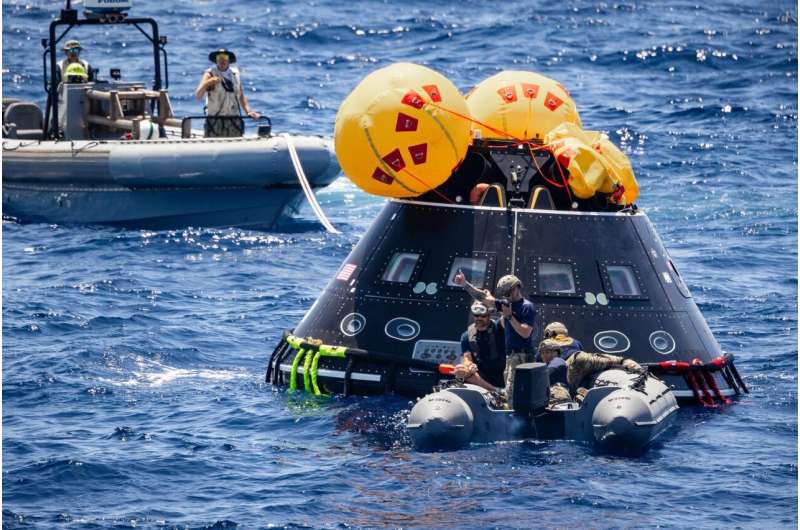
When Artemis II NASA astronauts Reid Wiseman, Victor Glover, Christina Hammock Koch, and Canadian Space Agency astronaut Jeremy Hansen splash down in the Pacific Ocean after a 10-day mission around the moon, NASA's landing and recovery team will be ready to bring the Orion capsule and our astronauts back to land.
A major player in the capsule recovery and Artemis II crew safety is NASA's Search and Rescue office based at the agency's Goddard Space Flight Center in Greenbelt, Maryland, and managed by the Space Communications and Navigation (SCaN) program at NASA Headquarters.
For over 40 years, the search and rescue office has aided the international Cospas-Sarsat Program in the development of search and rescue technologies. These technologies allow hikers, boaters, and pilots activate a distress beacon should they find themselves in trouble. Since 1982, the system has been responsible for saving over 50,000 Earth explorers.
Now, the office is applying their years of expertise to support NASA's Artemis moon missions. For Artemis II, NASA is equipping second-generation beacons called Advanced Next-Generation Emergency Locators (ANGEL) on the astronauts' life preservers and installing another location beacon onto the Orion capsule so both can be located quickly.
Antarctica vulnerable to extreme events
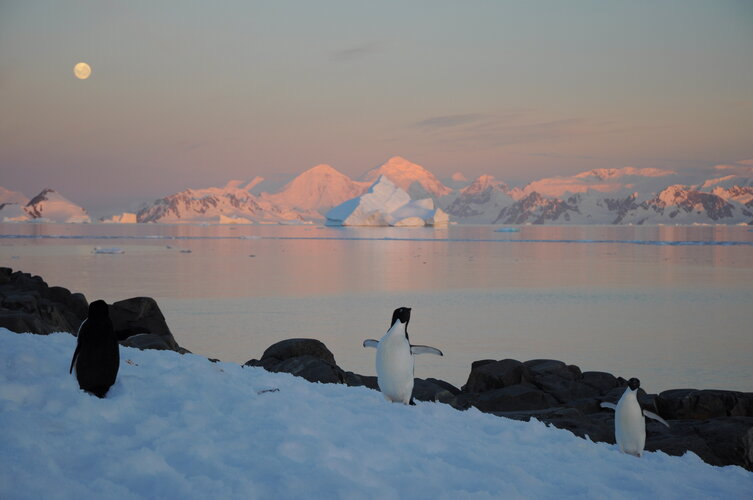
According to the World Meteorological Organization, July 2023 is likely to have been the hottest month on record. While much of Europe, North America and Asia suffered the immediate consequences of these brutal temperatures, extreme events are also hitting hard far away in the icy reaches of Antarctica. In a paper published today, scientists highlight Antarctica’s vulnerability to extremes and the role that satellites play in monitoring this remote region.
A banner year for the Perseid meteor shower
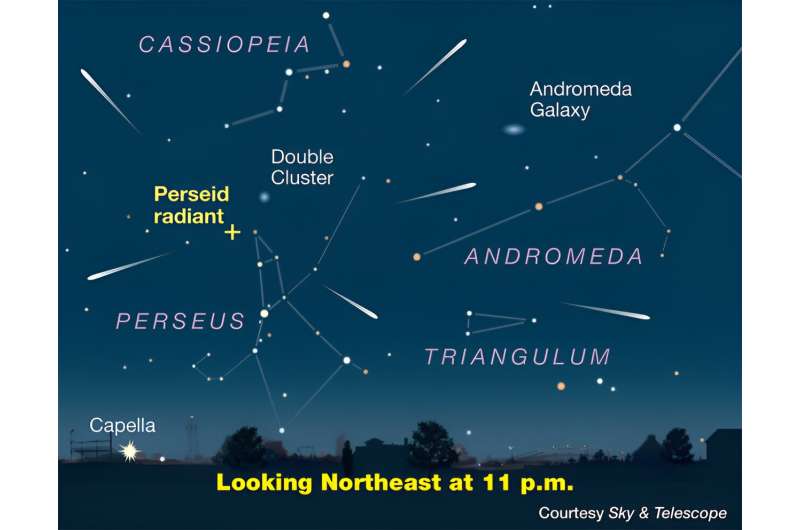
The Perseid meteor shower, a celestial event eagerly awaited by millions of skywatchers around the world, is about to make its annual return to the night sky. The shower is predicted to reach its peak before dawn on Sunday, August 13, but viewers should plan to start looking for meteors already at nightfall on Saturday, August 12. In a dark site away from light pollution, at the peak of the shower, observers might see one meteor per minute.
"Conditions this year couldn't be more perfect," says Diana Hannikainen, Sky & Telescope's Observing Editor. "The waning crescent moon, which is only 8% illuminated, rises in the wee hours of the morning on August 13 and won't interfere with viewing.
NASA's deep space communications to get a laser boost
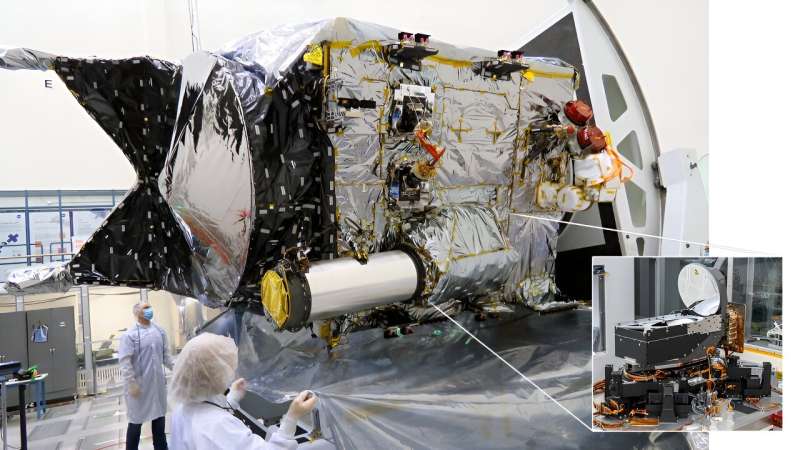
Set to launch this fall, NASA's Deep Space Optical Communications (DSOC) project will test how lasers could speed up data transmission far beyond the capacity of current radio frequency systems used in space. Known as a technology demonstration, DSOC may pave the way for broadband communications that will help support humanity's next giant leap: when NASA sends astronauts to Mars.
Boeing's 1st astronaut flight bumped into next year, more repairs needed
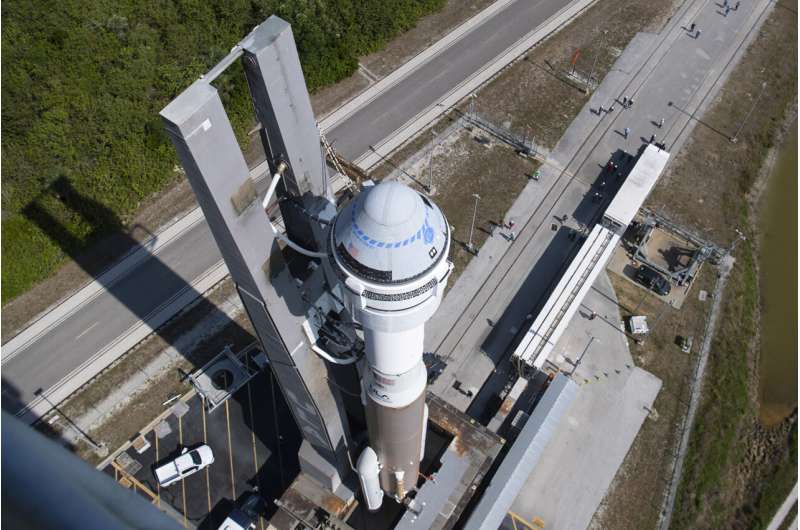
Already running years behind, Boeing's first astronaut flight is now off until at least next March.
Problems with the parachute lines and flammable tape surfaced during final reviews in late spring, ahead of what should have been a July launch for the Starliner capsule.
Russia to launch lunar mission Friday, first in nearly 50 years
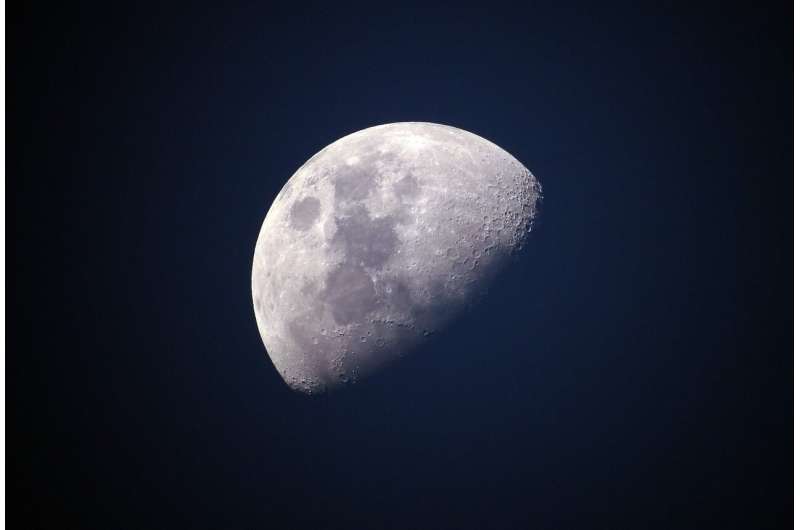
Russia said Monday it plans to launch a lunar lander this week after multiple delays, hoping to return to the moon for the first time in nearly fifty years.
The launch, which is scheduled for the early hours of Friday, comes as Russia's Ukraine offensive stretches into a second year, sparking huge tensions with the West.
With the Luna-25 lander, Russia's first since 1976, Moscow is keen to restart and build upon a pioneering Soviet-era lunar program.
The Russian space agency said that a Soyuz rocket had been assembled at the Vostochny cosmodrome in the Russian Far East for the launch of the Luna-25.
"The launch is on August 11," Roscosmos said in a statement.
"The Luna-25 will have to practice soft landing, take and analyze soil samples and conduct long-term scientific research," the statement added.
The four-legged lander, which weighs around 800 kilograms, is expected to touch down in the region of the lunar south pole. By contrast, most moon landings occur near the lunar equator.
The launch is the first mission of Moscow's new lunar program and comes as Russia looks to strengthen cooperation in space with China amid ruptured ties with the West.
Spacecraft, landers and rovers could be recycled for parts on the moon
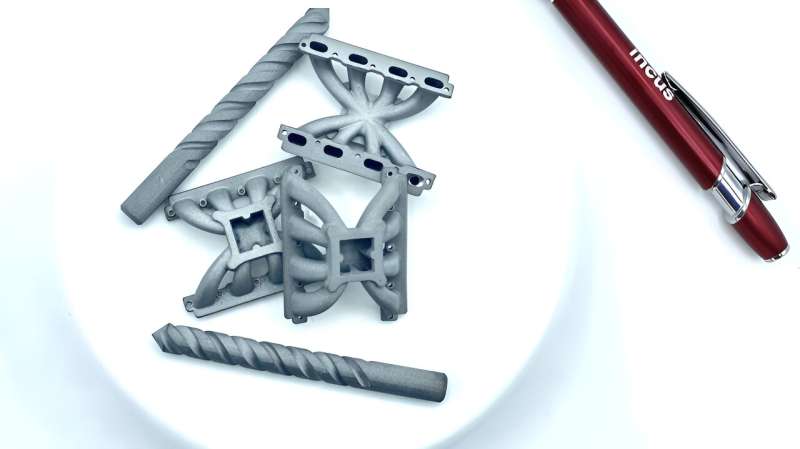
Additive manufacturing is slowly becoming more and more useful as the technology improves. One of the places it continues its development is in the realm of space exploration. It has long been mooted as an integral part of any in-situ resource utilization (ISRU) efforts and is especially important for ensuring early explorers on the moon have the right tools and materials they need to survive.
The European Space Agency is supporting that research effort, as their Technology Development Element fund supported work by an Austrian company called Incus to develop a 3D printing solution that could reprint metal parts on the moon.
The moon undoubtedly has plenty of metallic ore ready to be mined by either robots or explorers. However, making metal from that ore is expensive in energy and time, both of which are limited in any early lunar exploration scenario.



